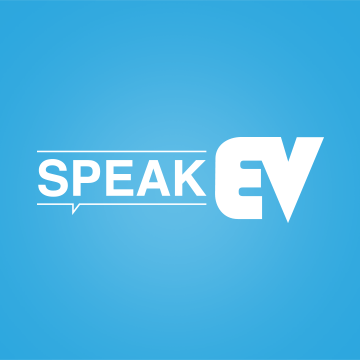We’ve had our 2020 ipace for a couple months now, and have our first road trip coming up soon.
Having never dc fast charged before, I thought it would be a good idea to drive to my local Electrify America and make sure the dc fast charging sockets are all working etc.
Well - everything worked, but for the 5.5 minutes I spent there, the charging speed stayed below 19kw. This was a 350kw charger at my local Target with about 6 stations, all 6 of which were in use (not sure if that’s a factor). The total cost for this charging session was 43 cents (1.505kw in 5min 20sec), which probably gives you an idea of just how little charging actually happened.
anyway - my question is … what can I realistically expect on a road trip? I know the ipace doesn’t charge as fast as some of the newer offerings, but please tell me I can expect better than 20kw when road tripping?
and do people generally have better experiences with EA, EVGo, chargepoint, etc?
thanks all for the help
Having never dc fast charged before, I thought it would be a good idea to drive to my local Electrify America and make sure the dc fast charging sockets are all working etc.
Well - everything worked, but for the 5.5 minutes I spent there, the charging speed stayed below 19kw. This was a 350kw charger at my local Target with about 6 stations, all 6 of which were in use (not sure if that’s a factor). The total cost for this charging session was 43 cents (1.505kw in 5min 20sec), which probably gives you an idea of just how little charging actually happened.
anyway - my question is … what can I realistically expect on a road trip? I know the ipace doesn’t charge as fast as some of the newer offerings, but please tell me I can expect better than 20kw when road tripping?
and do people generally have better experiences with EA, EVGo, chargepoint, etc?
thanks all for the help




